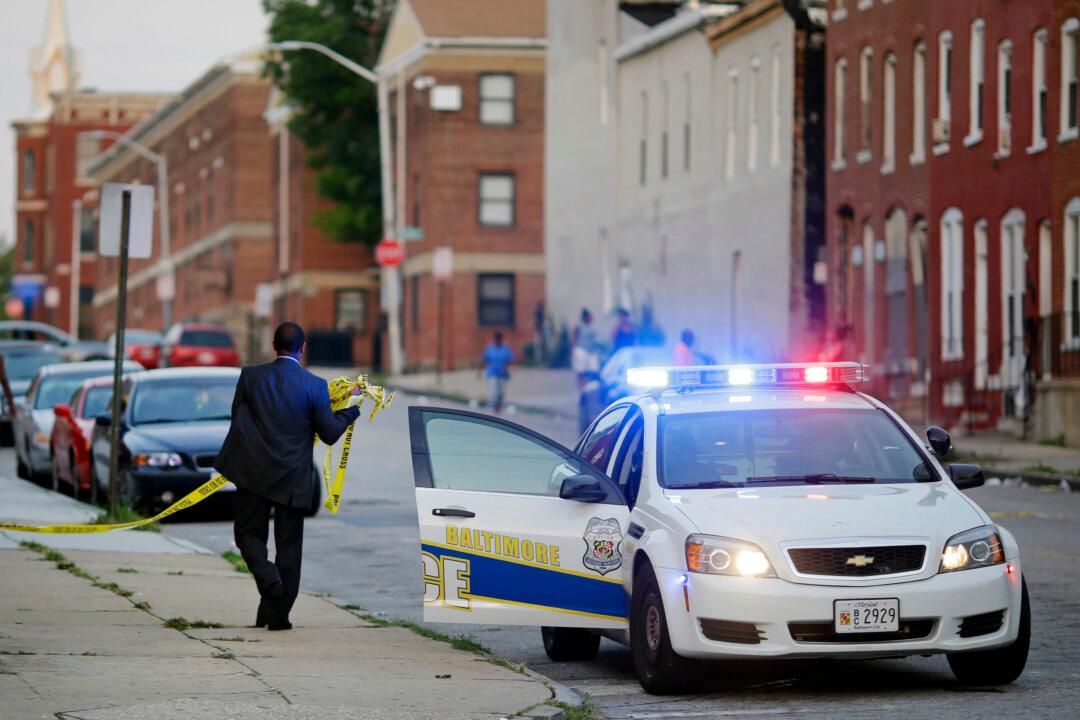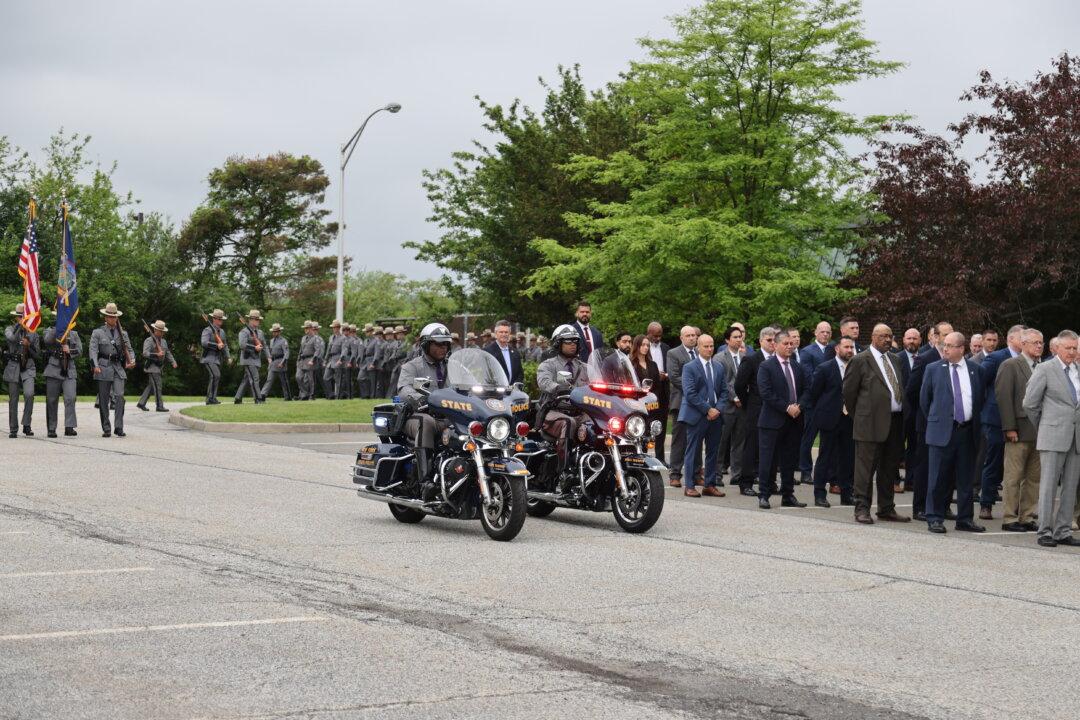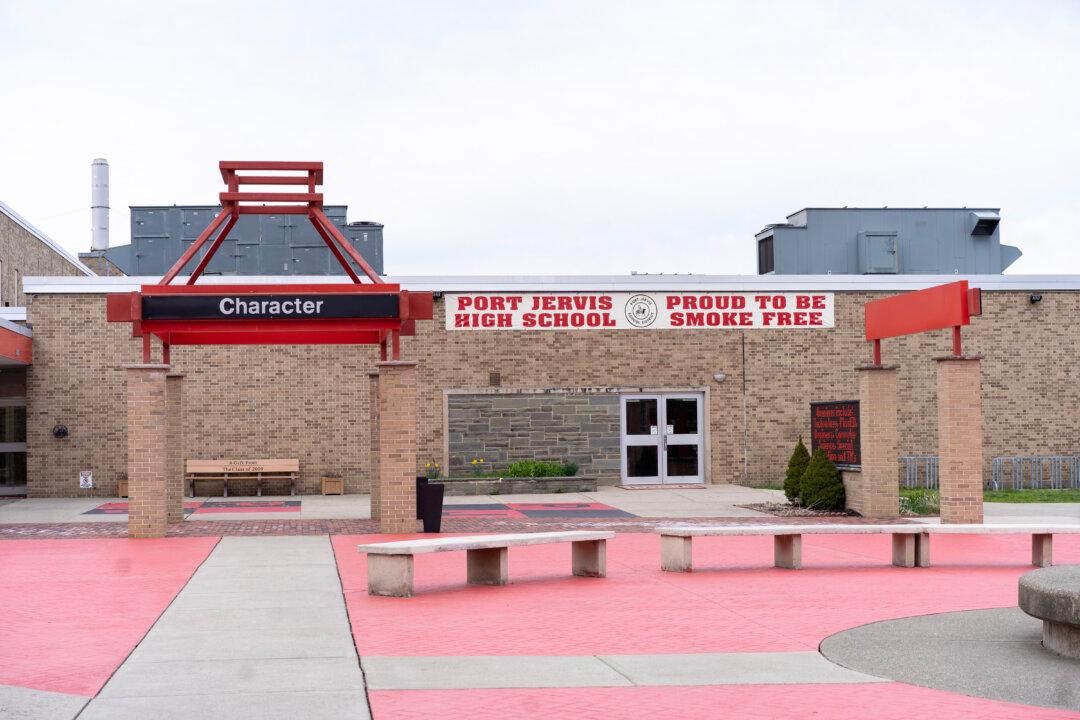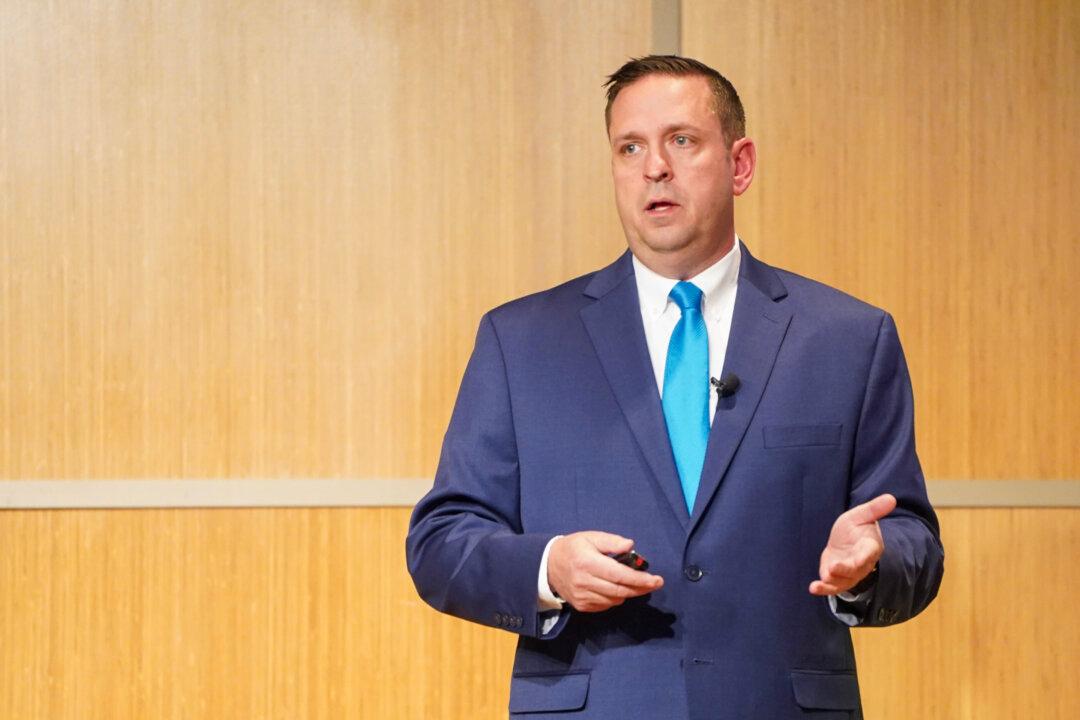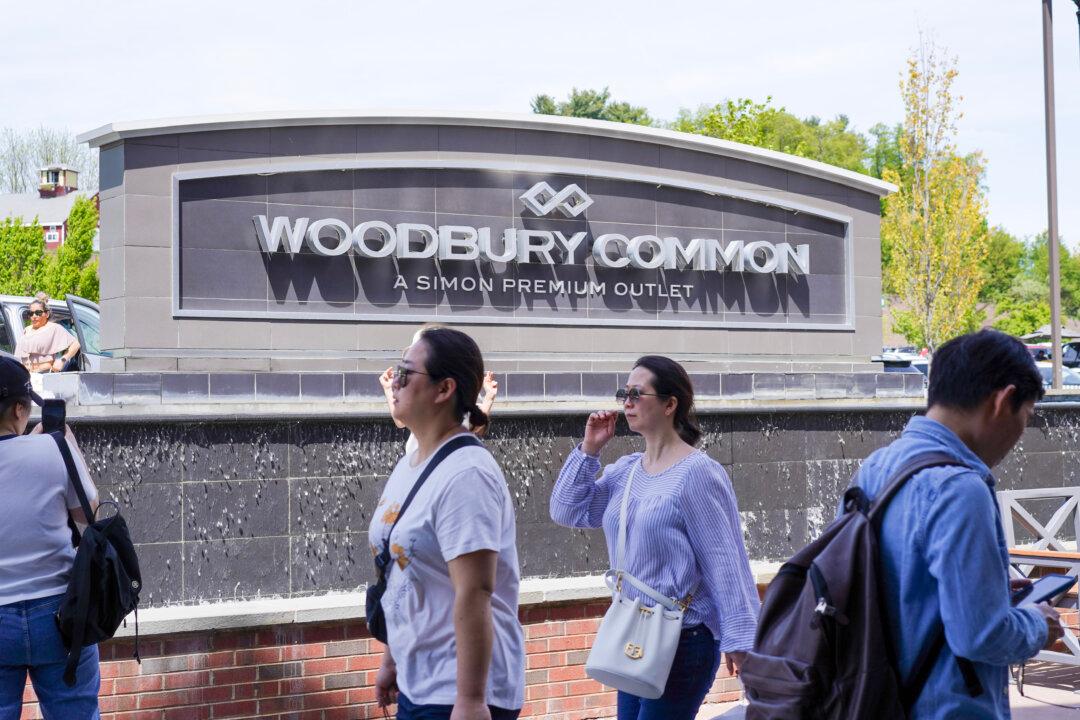The movement to stop prosecuting low-level crimes gained momentum during the COVID-19 pandemic, and Baltimore’s chief prosecutor Marilyn Mosby was among those leading the way.
Early in the pandemic, as courts drastically cut operations, Mosby stopped prosecuting nine low-level offenses—including drug possession, prostitution, and trespassing—so her prosecutors could focus on serious crimes.
